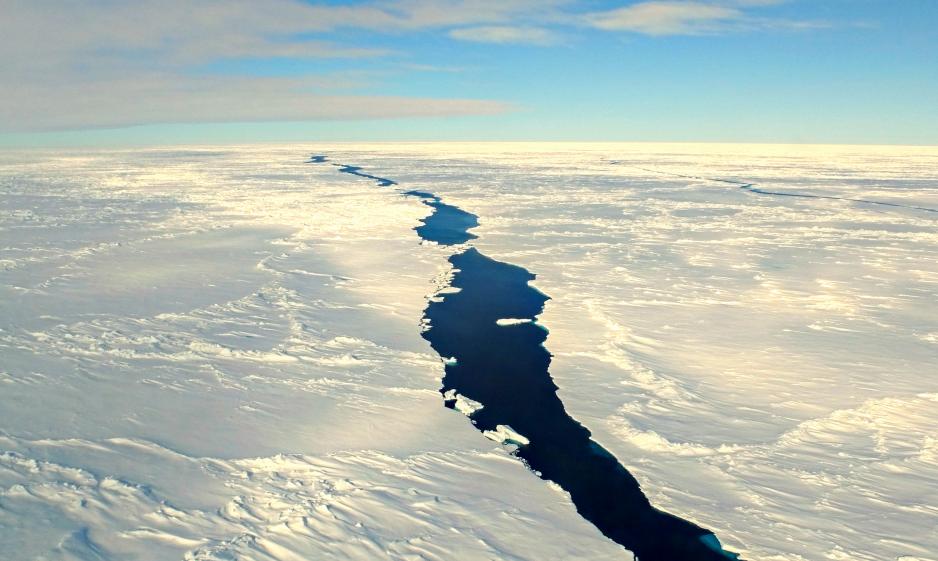Climate models are probably underestimating how fast the Arctic is warming, a new study suggests
“This is a warning that we have entered what must be characterized as an abrupt change in the climate.”

A new study published in the journal Nature Climate Change says that existing climate models underestimate how rapidly the Arctic is currently warming. The new research concludes that today’s rate of temperature increase — about 1 degree Celsius per decade — is similar to the rate of warming that occurred during periods of abrupt warming during the last ice age, when temperatures could increase as much as 10-15 degrees during a few decades.
During the last ice age which lasted from around 120,000 years ago until 12,000 years ago, more than 20 periods of rapid warming occurred. These periods were preceded by a rapid and abrupt increase of air temperature globally, but especially over the Arctic.
[Canada’s last fully intact Arctic ice shelf collapses]
The researchers thus warn that the current warming trends in the region are akin to what occurred during the last ice age and that current climate models don’t take into account the rapid warming of the past 40 years and discount the potential for abrupt warming.
“This is a warning that we have entered what must be characterized as an abrupt change in the climate”, says one of the study’s authors, Eystein Jansen, professor at the Bjerknes Center for Climate Change at the University of Bergen.
Less ice leads to increased warming
The study also points to the fact that Arctic sea ice has disappeared much more quickly than most models predicted, says co-author Jens Hesselbjerg Christensen, a professor at the University of Copenhagen’s Niels Bohr Institute.
“Changes are occurring so rapidly during the summer months that sea ice is likely to disappear faster than most climate models have ever predicted. We must continue to closely monitor temperature changes and incorporate the right climate processes into these models.”
He further adds that the new research “demonstrates that we have been clearly underestimating the rate of temperature increases in the atmosphere nearest to the sea level, which has ultimately caused sea ice to disappear faster than we had anticipated.”
The impact of climate change on the Arctic region was on display earlier this month when Canada’s largest intact ice shelf — large slabs of ice attached to the coastline and extending into the ocean — collapsed over the course of a few days.
Satellite animation, from July 30 to August 4, shows the collapse of the last fully intact #iceshelf in #Canada. The Milne Ice Shelf, located on #EllesmereIsland in #Nunavut, has now reduced in area by ~43%. #MilneIceIsland #seaice #Arctic #earthrightnow #glacier pic.twitter.com/jjs1gawoxA
— ECCC Canadian Ice Service (@ECCC_CIS) August 4, 2020
The Milne Ice Shelf on Ellesmere Island, in Nunavut, broke up and lost around 80 square kilometers — about 43 percent of its total surface area. Satellite images show how a large portion of the shelf broke away.